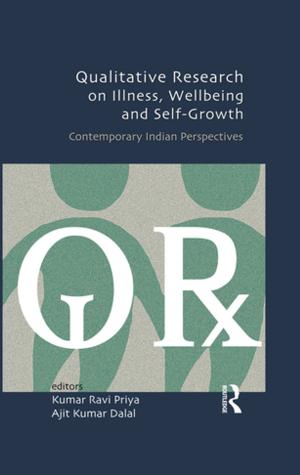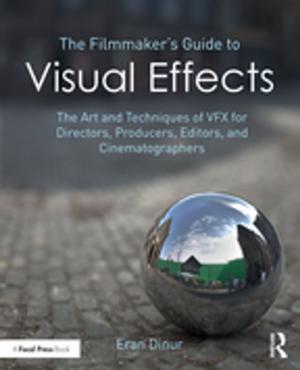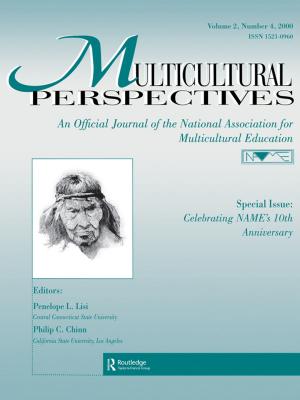Autism in a Decentered World
Nonfiction, Reference & Language, Education & Teaching, Special Education, Socially Handicapped, Educational Theory, Educational Psychology, Health & Well Being, Psychology, Mental Health| Author: | Alice Wexler | ISBN: | 9781317594321 |
| Publisher: | Taylor and Francis | Publication: | January 29, 2016 |
| Imprint: | Psychology Press | Language: | English |
| Author: | Alice Wexler |
| ISBN: | 9781317594321 |
| Publisher: | Taylor and Francis |
| Publication: | January 29, 2016 |
| Imprint: | Psychology Press |
| Language: | English |
Autistic people are empirically and scientifically generalized as living in a fragmented, alternate reality, without a coherent continuous self. In Part I, this book presents recent neuropsychological research and its implications for existing theories of autism, selfhood, and identity, challenging common assumptions about the formation and structure of the autistic self and autism’s relationship to neurotypicality. Through several case studies in Part II, the book explores the ways in which artists diagnosed with autism have constructed their identities through participation within art communities and cultures, and how the concept of self as ‘story’ can be utilized to better understand the neurological differences between autism and typical cognition. This book will be of particular interest to researchers and scholars within the fields of Disability Studies, Art Education, and Art Therapy.
Autistic people are empirically and scientifically generalized as living in a fragmented, alternate reality, without a coherent continuous self. In Part I, this book presents recent neuropsychological research and its implications for existing theories of autism, selfhood, and identity, challenging common assumptions about the formation and structure of the autistic self and autism’s relationship to neurotypicality. Through several case studies in Part II, the book explores the ways in which artists diagnosed with autism have constructed their identities through participation within art communities and cultures, and how the concept of self as ‘story’ can be utilized to better understand the neurological differences between autism and typical cognition. This book will be of particular interest to researchers and scholars within the fields of Disability Studies, Art Education, and Art Therapy.















